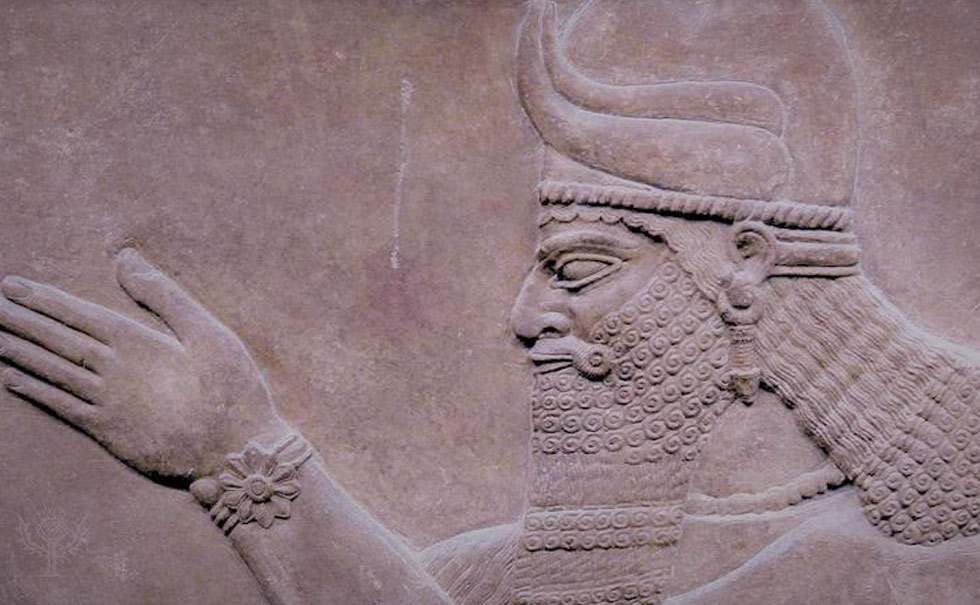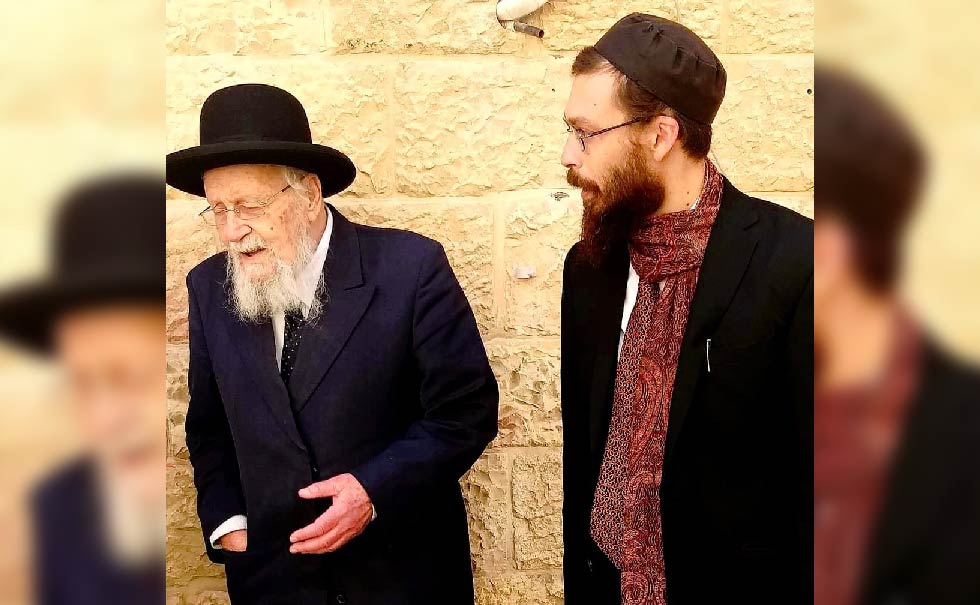Thoughts to Ponder
Approximately 7 years ago I was introduced to the writings of Dr. Andrew R. George1 professor of Babylonian Studies at SOAS, at the University of London. This began a period of interest in the subject of Mesopotamia in general:
Mesopotamia is the site of the earliest developments of the Neolithic Revolution from around 10,000 BC. It has been identified as having “inspired some of the most important developments in human history, including the invention of the wheel, the planting of the first cereal crops, and the development of the cursive script, mathematics, astronomy, and agriculture”. It has been known as one of the earliest civilizations to ever exist in the world2.
Some of the major Mesopotamian civilizations include the Sumerian, Assyrian, Akkadian, and Babylonian civilizations.
They are credited with advanced legal systems and complex mythologies, theology and the earliest recorded religion.
Some of the names and personalities of their deities become immediately interesting to us students of the Torah:
Inanna was a goddess associated with love, beauty, sex, war, justice, and political power. She was originally worshiped in Sumer under the name Inanna, and was later worshipped under the name Ishtar.
Asherah was a mother goddess who appears in a number of ancient sources. She appears in Akkadian writings by the name of Ašratu(m), and in Hittite writings as Aserdu(s) or Asertu(s). Asherah is generally considered identical with the Ugaritic goddess ʾAṯirat.
Ba’al, who has known a variety of names in this period including Dagan, Dagon, Bel and Hadad who was sometimes considered a weather deity and at other later times associated with victory.
Perhaps one of the most fascinating examples:
ʼĒl (also ʼIl) is a Northwest Semitic word meaning “god” or “deity”, or referring (as a proper name) to any one of multiple major ancient Near Eastern deities. A rarer form, ʼila, represents the predicate form in Old Akkadian and in Amorite.
The word is most likely derived from the Proto-Semitic language, meaning “God”: The word El (singular) is a standard term for “God” in Aramaic, paleo-Hebrew, and other related Semitic languages including Ugaritic. The Canaanite pantheon of gods was known as ‘ilhm3 the Ugaritic equivalent to Elohim. For instance, the Ugaritic Baal Cycle mentions “seventy sons of Asherah“. Each “son of God” was held to be the originating deity for a particular people4.
Our own Tanach’s story of Noach and the flood is considered very close to the version found in the Epic of Gilgamesh dated 2100 BC. The central issue would be that Moses, who led the Israelites out of Egypt, is thought to have existed around 1300 BC.
Beyond that the Book of Iyov (Job) which is thought to have been written between 7th and 4th centuries BCE is thought to be based on the Akkadian epic “The dialogue between a Man and his God” which is dated to the latter part of the Old Babylonian period, around about the reign of Ammi-Ditana (1683–1640 BCE) and aside from being significantly older, is considered the earliest known text to address the answer to the question of or theodicy5.
The immediate questions that such study into this subject prompts are obvious and difficult for any classical approach to the major Abrahamic religions, mostly because a deeply unfortunate culture of denial runs through all religions.
It seems at first that study, inquiry, questioning is encouraged, but loud and prominent voices within our faith denounce any form of secular study and even reduce entire subjects to an entirely forbidden undertaking.
Not only is this rhetoric deeply unfortunate, but it is also historically totally untrue: some of our most important scholars, Rabbis, Sages, and thinkers have been doctors, academics, poets, scientists, mathematicians, and astronomers.
Only recently has such a philosophy of the absolute denial of secular study and a vocation begun to surface amongst us. Arguably such a mindset can only really be a symptom of great decadence and greater inability to answer the questions that such study brings.
Beyond that, the obvious truth is that such a philosophy is nonetheless powered by systems that must rely on modern advances, education, and innovation in order to operate – those opposing such forms or education still utilize hospitals, supply chains, legal systems, and consumer-driven industries – all of which would be non-existent without the crucial underpinning that is being protested.
The reverse is true: many other religious comparatives become immediately noticeable with study, whether that being the forms of worship of the European goddess and Shakti in India or the emergence of monotheism (or perhaps more accurately called Henotheism6) in Egypt7. These convergences and similarities between religions, cultures and mythologies are fascinating and serve to reveal to us how our ancient history is intertwined and that our human experience is more similar than disparate.
Any truth worth believing stands up to scrutiny, study, and deep questioning. I am hardly an expert on any of the above. My study of these sources has raised more questions than it has solved and it has at times been difficult to ratify what exactly constitutes my own theology – however, I would rather have an honest confusion than an ignorant certainty.
It is my personal belief, years later and still very much on this journey, that as I experience more cultures and come into contact with different texts, religions and concepts that the questions that I ask of history, myself and ultimately God, are a deep a meaningful experience and I wonder how it is that other thinkers within our community can be satisfied with avoiding these uncomfortable questions of faith. We live at a time when access to sources, commentary and scholarly articles is as easy as a click. The sheer amount of information and availability are as shocking as it is humbling – if we choose not to investigate the questions that challenge our most sacred paradigms it can only be that we favor safety in our paradigm over the search for truth itself.
As a final thought, it should be immediately recognized that not only have others pondered these fundamental questions of history, culture, and narrative whilst maintaining their faith and commitment to Halacha.
In previous times it was precisely those who demanded the personal investigation of the truth who we once considered our greatest sages and scholars.
Rabbi Jonathan Goldschmidt 2021 ©
1) George, Andrew (2003) The Babylonian Gilgamesh Epic: Introduction, Critical Edition and Cuneiform Texts. Oxford: Oxford University Press. George, Andrew (2000) The Epic of Gilgamesh: the Babylonian Epic Poem and Other Texts in Akkadian and Sumerian. London: Penguin Classics.
2) Milton-Edwards, Beverley (May 2003). “Iraq, past, present and future: a thoroughly-modern mandate?”
3) Pardee, Dennis (1999). “Eloah”. In Van der Toorn, Karel; Becking, Bob; Van der Horst, Pieter W. (eds.). Dictionary of Deities and Demons in the Bible (2nd ed.). Leiden: Brill Publishers. p. 285. Doi:10.1163/2589
4) KTU 2 1.4.VI.46 (Keilalphabetische Texte aus Ugarit or KTU is the standard source reference collection for the cuneiform texts from the Ugarit period)
5) the theological question of why a god would permit evil and human suffering.
6) Henotheism is the worship of a single, supreme god while not denying the existence or possible existence of other lower deities.
7) The attempt was made by the Pharaoh Amenhotep IV, who reigned from 1350 to 1334 B.C




